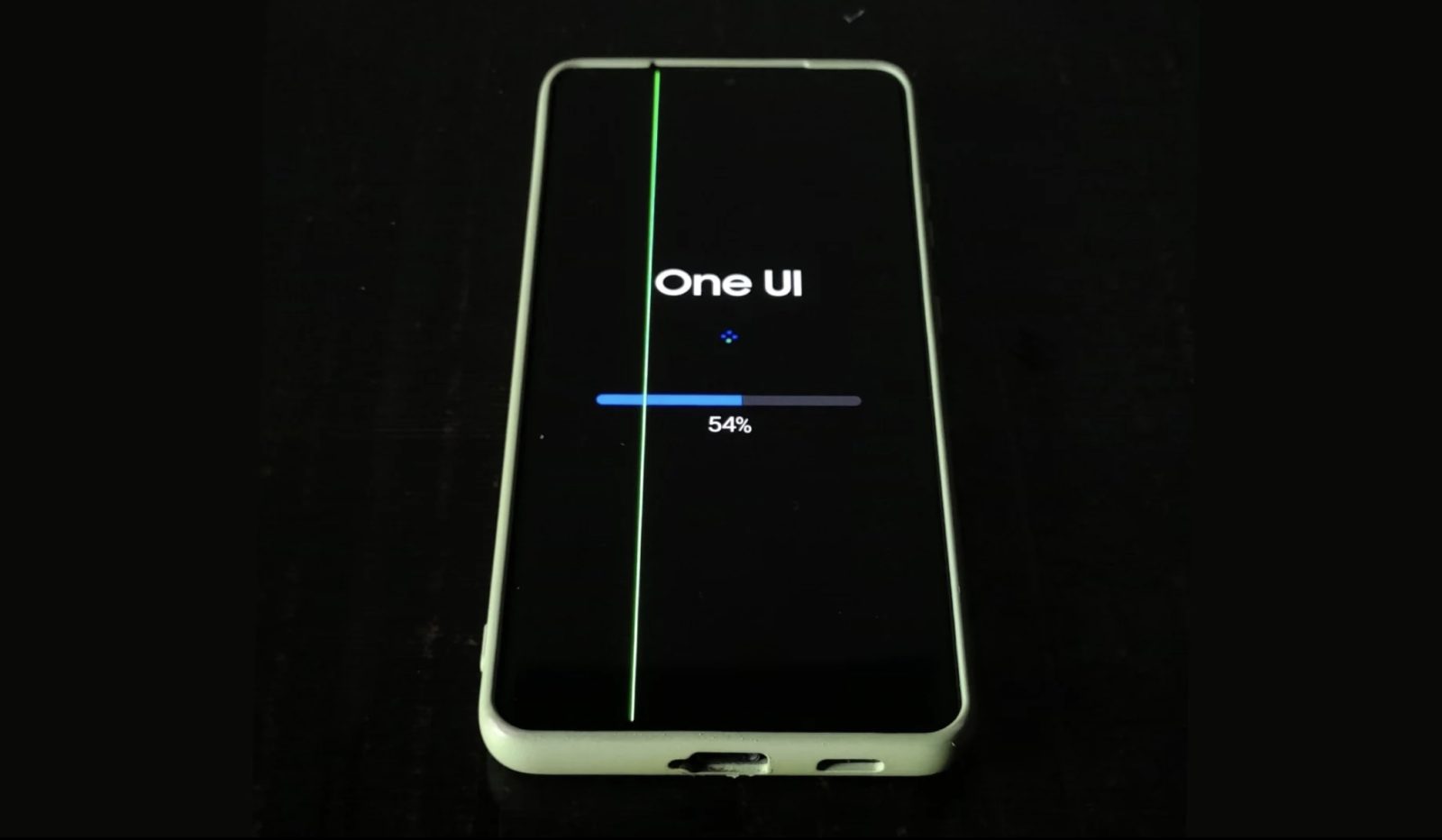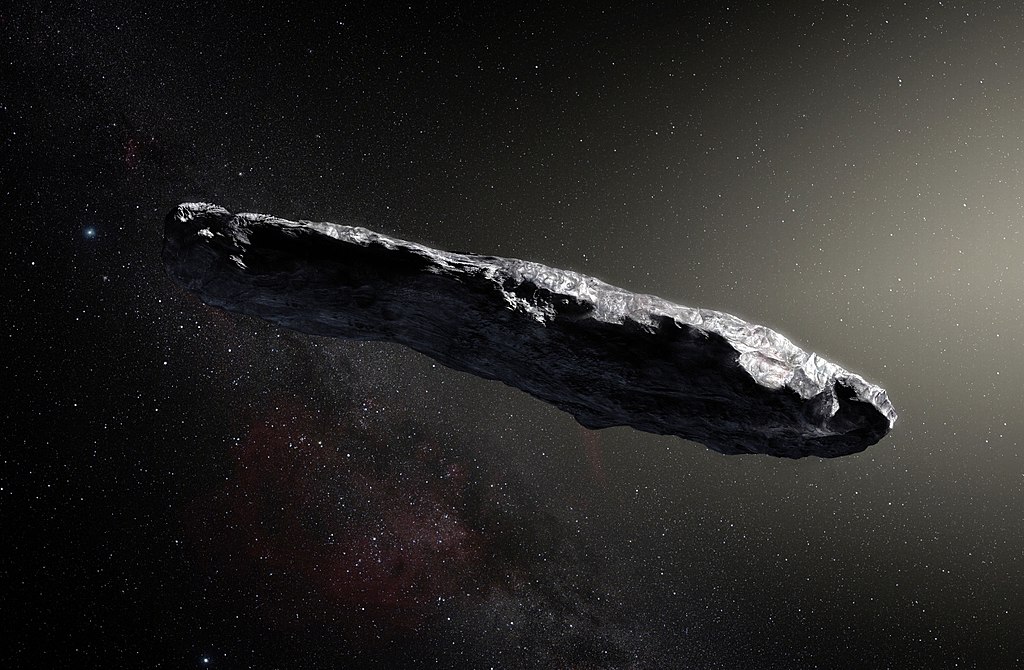The discovery of the first interstellar visitor, an object called ‘Oumuamua, has excited the scientific community. It also began as a mystery. The object had all the characteristics of an asteroid. It was small and had no visible pole as it approached the sun. However, as it approached our star, it mysteriously accelerated, behaving like a comet. Now we may know why.
Scientists suspected some kind of gas release. And while there have been outlandish claims that the object was some kind of space probe, researchers set out to discover how the object could move between the stars in such a strange way, according to reports. IFLScience.
Now they think they have the answer. It was actually caused by gases from the comet. The hydrogen released by the comet provided the necessary thrust, which explains its strange motion. The researchers were tasked with creating hydrogen, and it turns out that interstellar cosmic rays are capable of releasing hydrogen from water ice.
Oumuamua’s secret is revealed
“A comet traveling in the interstellar medium is essentially fried by cosmic radiation, producing hydrogen as a result. Our thinking was, if this happens, is there hydrogen in the object such that when it enters the solar system and gets heated up, the gas flows out?” said lead author Dr. Jennifer Bergner. , Assistant Professor of Chemistry at the University of Berkeley. “Can the quantum produce the force needed to explain acceleration?”
There has been research on what high-energy particles can do to ice since the 1970s. The research team expects the cosmic rays to penetrate tens of meters deep into the ice, turning a quarter or more of it into hydrogen gas, as some analyzes indicate. That’s not much for a large comet, but ‘Oumuamua is estimated to be 115 by 111 meters in size and about 19 meters thick.
“In the case of a comet several kilometers in diameter, the gas emission comes from a very thin shell compared to the main body of the body. Thus, in terms of composition and acceleration, we don’t necessarily expect this to be a detectable effect,” Bergner explained. “But because ‘Oumuamua is small, we think it already produced enough force to cause that acceleration.”
The model, developed in collaboration with Darrell Seligman of Bergner University and Cornell University, explains the unusual properties of ‘Oumuamua without adding additional parameters to make the model match the observations. And this work again supports the idea that this celestial body was part of a planetary germ. Perhaps a Pluto-like object at the edge of another solar system.
“We’ve never seen a comet in the solar system that doesn’t experience a coma. That’s why its non-gravitational acceleration was so strange.”
“The main takeaway is that ‘Oumuamua is consistent with being an intermediate interstellar comet that has just undergone a violent process,” Bergner added. “The models we run are consistent with what we see in the solar system for comets and asteroids. So, in essence, this scenario is also true for a comet-like object.”
study a nature Published in a journal.
source: Science alert








































